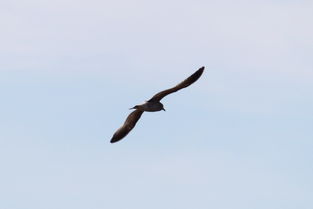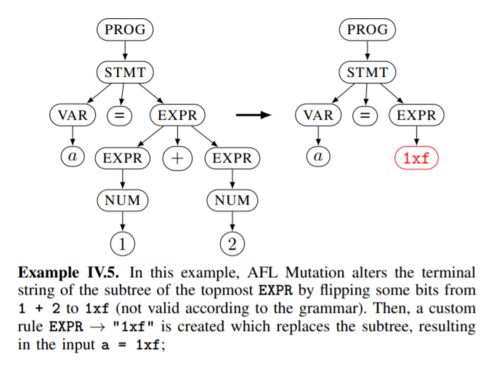Introduction:
Fishing in a stream can be a serene and rewarding experience, offering anglers the chance to connect with nature and hone their skills. Whether you're a seasoned fisherman or a beginner looking to try your hand at stream fishing, this guide will provide you with essential tips and techniques, all illustrated through a detailed video tutorial. So, grab your rod and let's dive into the world of stream fishing!

Choosing the Right Gear:
The first step to successful stream fishing is selecting the appropriate gear. Here's what you'll need:
- Rod and Reel: A lightweight, flexible rod with a spinning reel is ideal for stream fishing. The rod should be around 6 to 7 feet long, providing enough reach to cast accurately and maneuver through tight spaces.
- Line: Use a monofilament line with a breaking strength of 4 to 6 pounds. This line is versatile and offers a good balance between sensitivity and strength.
- Hooks: Small hooks, such as sizes 6 to 10, are perfect for stream fishing. These hooks are designed to catch smaller fish and are less likely to snag on rocks or vegetation.
- Lures and Bait: Depending on the species you're targeting, you can use a variety of lures and baits. Live bait, such as worms or minnows, can be effective, but artificial lures like spinners or nymphs can also entice fish.
Finding the Perfect Spot:
Stream fishing is all about location, location, location. Here are some tips to help you find the best spots:
- Look for Obstructions: Fish often congregate around rocks, logs, and other obstructions, as these areas provide cover and protection.
- Identify Currents: Observe the flow of the water to identify areas with slower currents, as these are often hotspots for fish.
- Examine the Bottom: Fish tend to stay near the bottom of the stream, so look for areas with a sandy or rocky substrate.
Casting Techniques:
Casting is a crucial skill in stream fishing. Here's how to do it:
- Backcast: Hold the rod with a slightly upward angle, then pull the line back and release it with a smooth motion. This will give you enough distance to reach your target.
- Forward Cast: With the line in your hand, sweep the rod forward and release the line as the lure reaches the desired spot. Practice casting in different directions to become more versatile.
- Drift Cast: For reaching areas with strong currents, use a drift cast. Allow the current to carry your lure naturally, and make slight adjustments to control its path.
Presenting Your Bait or Lure:
Once you've cast your line, it's time to present your bait or lure to the fish:
- Natural Movement: For live bait, let it swim naturally in the water. For artificial lures, mimic the movements of the prey you're targeting.
- Patience: Fish can be slow to bite, so be patient and wait for the perfect moment to set the hook.
- Adjustment: If you don't get a bite, try changing your lure or bait, or adjusting your presentation.
Setting the Hook and Reeling In:
When a fish strikes, here's how to handle it:
- Set the Hook: As soon as you feel a tap, quickly and firmly pull back on the rod to set the hook.
- Reel In: Once the fish is on the line, reel it in steadily but with enough tension to prevent it from escaping.
- Land the Fish: Once you've brought the fish close to the shore, carefully net it and release it if you're not planning to keep it.
Conclusion:
Stream fishing can be a relaxing and fulfilling activity, and with the right techniques and gear, you can increase your chances of success. By following this comprehensive video guide, you'll be well on your way to mastering the art of fishing in a stream. So, grab your rod, hit the water, and enjoy the beauty and tranquility of stream fishing!












